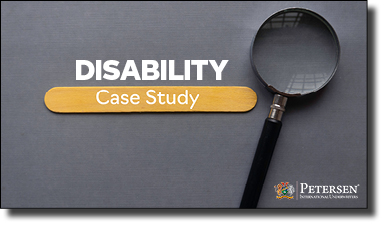DI Case Study: The Tiered-Benefit Structure
Disability insurance is an often overlooked, undervalued and misrepresented financial safeguard. Yet, it the greatest resource an income-earner has in protecting one’s economic freedom against the very real threat of not being physically able to make a living due to a short or long-term debilitating illness or injury. Disability insurance is essential to every working American.
Many of those making up the white-collar and the rapidly-expanding grey-collar markets typically earn salaries that cannot be properly insured by the simple combination of group insurance and/or a single, traditional disability income policy. This shortcoming can be remedied by the prescription of a multiple layering of qualified disability coverage or a tiered-benefit approach to protecting one’s income.
Take an attorney for example, a partner in a large New York law firm who was making $1,000,000 per year. The partnership had agreed to provide mandatory group benefits capped at $20,000 per month. His steadfast insurance agent suggested he apply separately for an additional layer of individual coverage from a DI carrier who was willing to provide another $20,000 per month. $40,000 of monthly disability income benefits at first glance seems quite agreeable and sufficient, but we must further consider the attorney’s lifestyle and numerous liabilities and expenses. He lived in a pricey townhouse, had a vacation property in south Florida and two kids enrolled in private schools. 65% of total income replacement was a minimum requisite to financially survive and to maintain even a fraction of his expenditures in case he became disabled and was unable to continue to practice law. He was dangerously underinsured.
His insurance agent next looked to the supplemental/excess disability market and Petersen International where underwriters provided Mr. Attorney with a third tier of monthly benefits of $14,000, participating up to 65% of the client’s earnings.
Petersen International Underwriters has the ability to provide additional tiers of income protection above usual domestic DI participation limits, and excess disability policies are flexible, providing comprehensive, dovetailed “own occupation” benefits. For moderate to high-net-worth individuals, the risks of underinsurance can prove to be severe and financially disastrous. Clients need to properly layer disability income benefits on top of existing group and/or individual policies. The tiered-benefit approach to disability insurance will successfully fill the subtle and blatant gaps in the financial protection of personal income.
